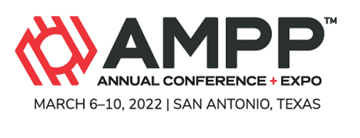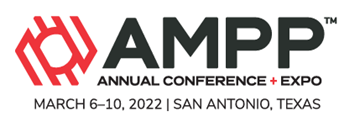Search
Individual Conference Papers
View as
Sort by
Display
per page
Effect of Dissolved Oxygen on Fatigue Crack Growth Rate of Low Alloy Steels in Saltwater with Cathodic Protection Environment
Product Number:
51323-18913-SG
Publication Date:
2023
$20.00
Effect Of Dissolved Oxygen On The SCC Susceptibility And Oxidation Of Cold-Worked 316L SS In PWR Primary Water
Product Number:
ED22-17254-SG
Publication Date:
2022
$20.00
Effect of Drying on Corrosion Mitigation of Hanford Transfer Lines
Product Number:
51324-20794-SG
Publication Date:
2024
$40.00
Effect of Early and Late Presence of Sulfate Ions on Steel Corrosion Development in Alkaline Solution
Product Number:
51323-18957-SG
Publication Date:
2023
$20.00
Effect of Elevated Temperatures (30-80°C) on CO2 Corrosion after Intermittent Oil/Water Wetting
Product Number:
51324-20967-SG
Publication Date:
2024
$40.00
Effect of Environmental and Flow Process Conditions on Impressed Current Cathodic Protection System in a Petrochemical Installation
Product Number:
51324-20619-SG
Publication Date:
2024
$40.00
Effect Of Environmental Parameters On Atmospheric Corrosion Of Infrastructures Of Canada
Product Number:
51322-17819-SG
Publication Date:
2022
$20.00
Effect of Feathering on Coating Performance
Product Number:
51219-181-SG
Publication Date:
2019
$20.00
Effect Of Flow On The Corrosion Behavior Of Pipeline Steels Under Supercritical CO2 Environment With Impurities
Product Number:
51321-16656-SG
Publication Date:
2021
$20.00
Effect of Flow Velocity on the Corrosion Performance of Thermally Sprayed Aluminium Coating in Synthetic Seawater
Product Number:
51324-20835-SG
Publication Date:
2024
$40.00
Effect Of Glass Flake In Anti-Corrosive Coatings For Extreme Conditions
Product Number:
51322-17923-SG
Publication Date:
2022
$20.00
Effect Of Graphene Incorporation On Erosion-Corrosion Performance Of Electroless Ni-P Coatings
Product Number:
51321-16723-SG
Publication Date:
2021
$20.00












